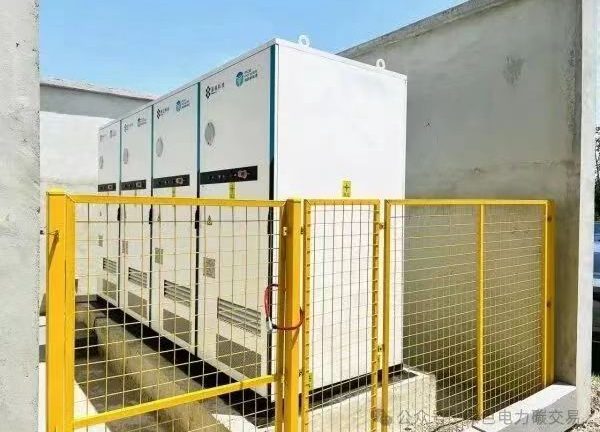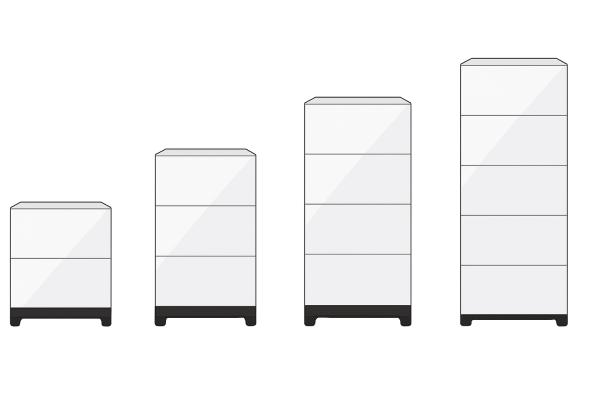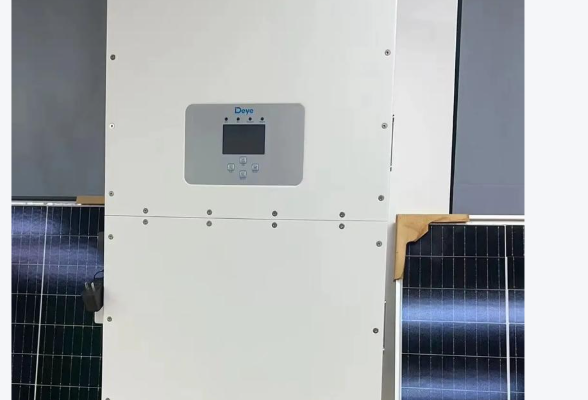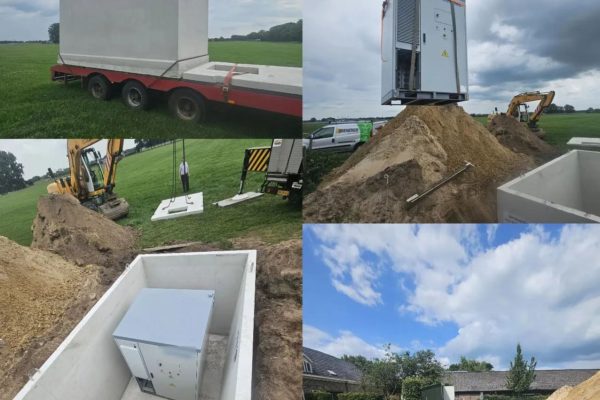Why Customs Classification Matters
When exporting energy storage products, customs classification can determine everything from duties and tariffs to shipping requirements and clearance times. One of the biggest distinctions lies in whether you are exporting individual battery cells or finished energy storage systems (ESS). Understanding these differences can help exporters avoid costly mistakes, shipment delays, or compliance risks.
1. Battery Cells: The Raw Material Category
- Definition: Single electrochemical units, often lithium-ion, that can be assembled into packs or systems.
- Customs Codes: Typically fall under HS Code 8507.60 or similar lithium cell categories.
- Customs Scrutiny: High, since cells are classified as dangerous goods.
- Regulatory Focus: More on safety tests (UN38.3) and packaging compliance than on functional specifications.
Exporter Tip: Customs officers may demand detailed UN test reports for each batch of battery cells.
2. Finished Energy Storage Systems (ESS)
- Definition: Integrated systems including battery cells, BMS (Battery Management System), inverters, casing, and sometimes cooling.
- Customs Codes: Often classified differently under broader categories like HS 8504 (electrical apparatus) or 8537 (control panels).
- Customs Scrutiny: Focus shifts from raw material safety to system compliance certifications (e.g., CE, UL, IEC).
- Regulatory Focus: Testing and certifications proving safety, performance, and regional compliance.
Exporter Tip: Finished systems may qualify for different duty structures, sometimes lower than raw cells.
3. Documentation Differences
- Battery Cells:
- Mandatory UN38.3 certification.
- Dangerous goods declaration (air and sea freight).
- MSDS (Material Safety Data Sheet).
- Finished Systems:
- UN38.3 certification for internal cells.
- CE/UL/IEC compliance certificates.
- User manuals and system specifications.
- Sometimes exempt from certain DG packaging if shipped as equipment-contained batteries.
4. Shipping and Handling
- Cells: Stricter packaging rules, must be shipped at ≤30% state of charge (SoC) by air.
- Finished Systems: Often easier to ship because they are treated as end-use equipment, but large cabinet systems may need special handling.
Key Note: Even if the system is complete, internal cells still must comply with UN38.3.
5. Cost and Duty Implications
- Cells: Higher duties in some markets, as they are raw materials for manufacturing.
- Systems: May enjoy preferential tariff rates under free trade agreements (FTAs) if exported as finished goods.
- VAT Considerations: Import VAT may differ based on classification, affecting buyer costs.
6. Buyer Expectations
- Cell Buyers: Typically manufacturers or system integrators who demand detailed technical and safety reports.
- System Buyers: Usually distributors, EPC contractors, or end users who care about performance certifications and turnkey compliance.
7. Strategic Recommendations for Exporters
- Clarify classification with freight forwarders and customs brokers before shipping.
- Always prepare dual sets of documents: one for cells, one for systems.
- Communicate with buyers about customs implications to avoid disputes.
- Highlight certifications in quotations to show compliance readiness.
Know the Difference, Save Time and Money
For ESS exporters, the distinction between cells and finished systems is more than just technical—it directly impacts customs clearance, duties, shipping rules, and buyer confidence. By mastering these differences and preparing proper documentation, exporters can avoid costly mistakes, accelerate delivery times, and strengthen their reputation in global markets.









